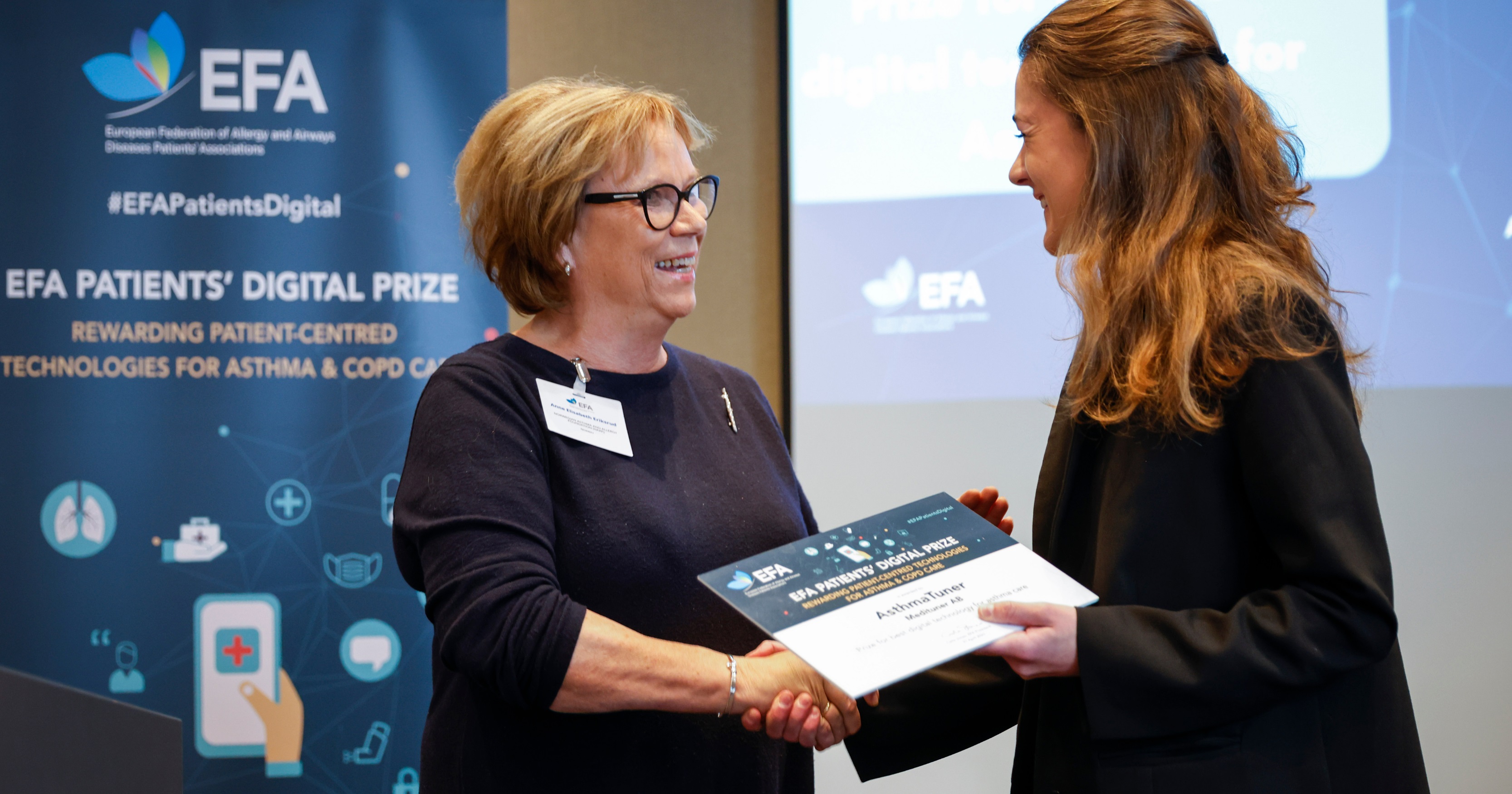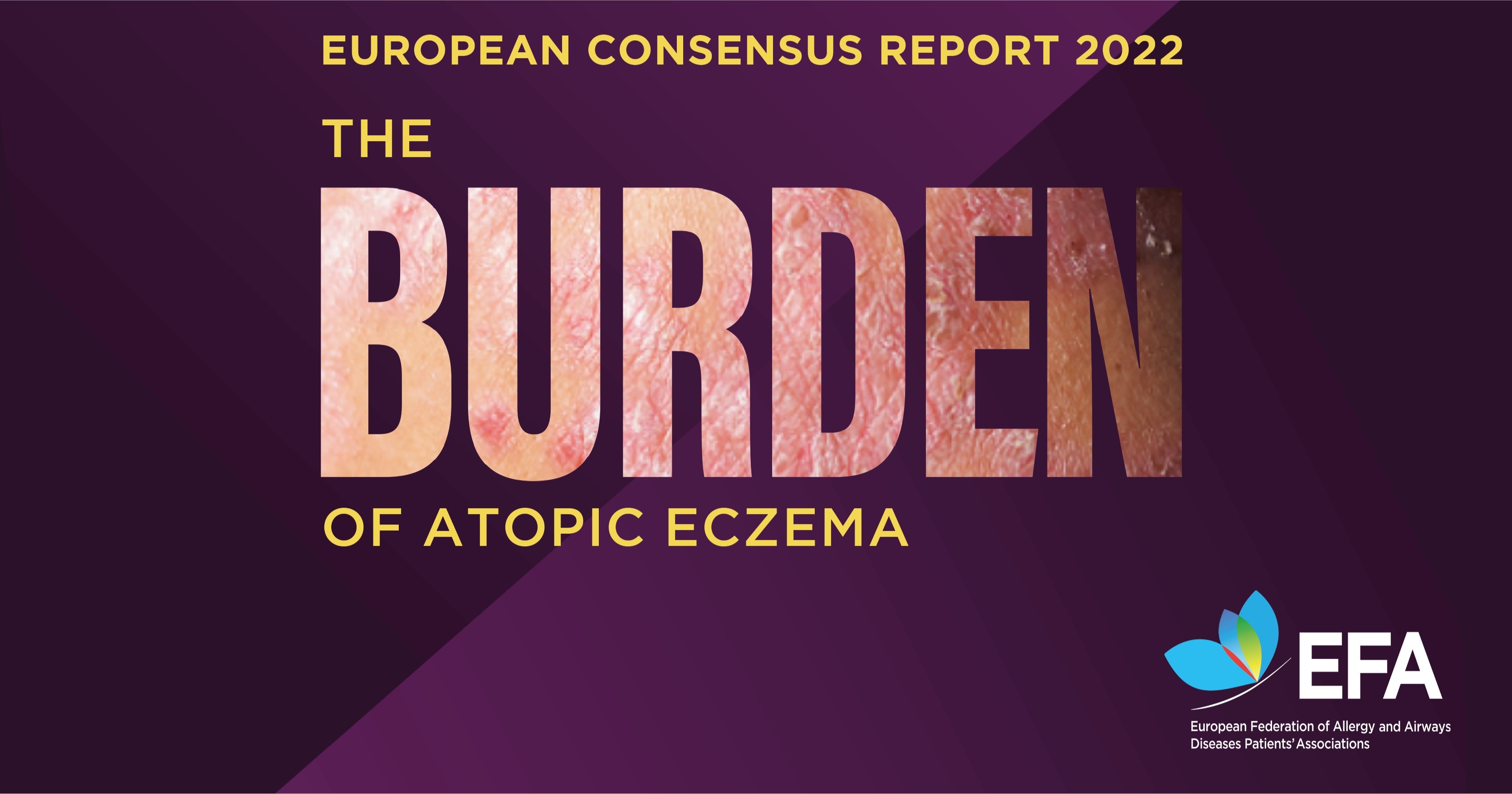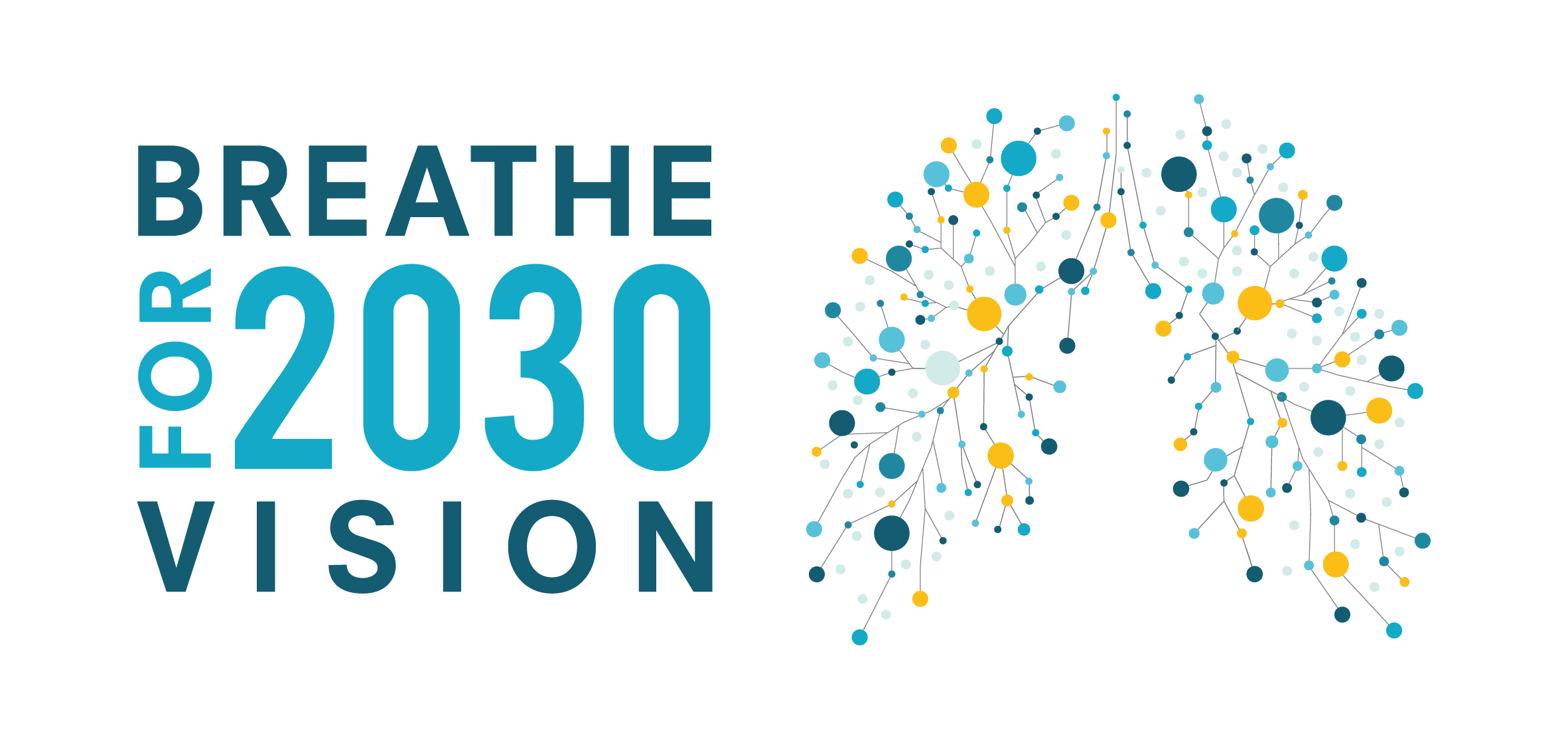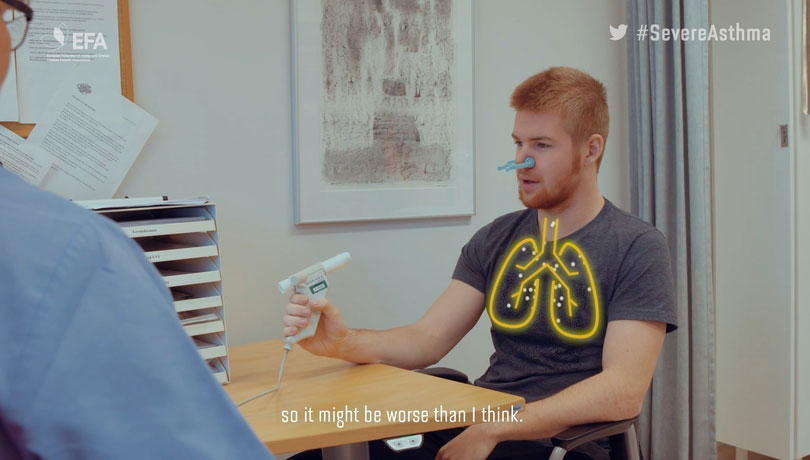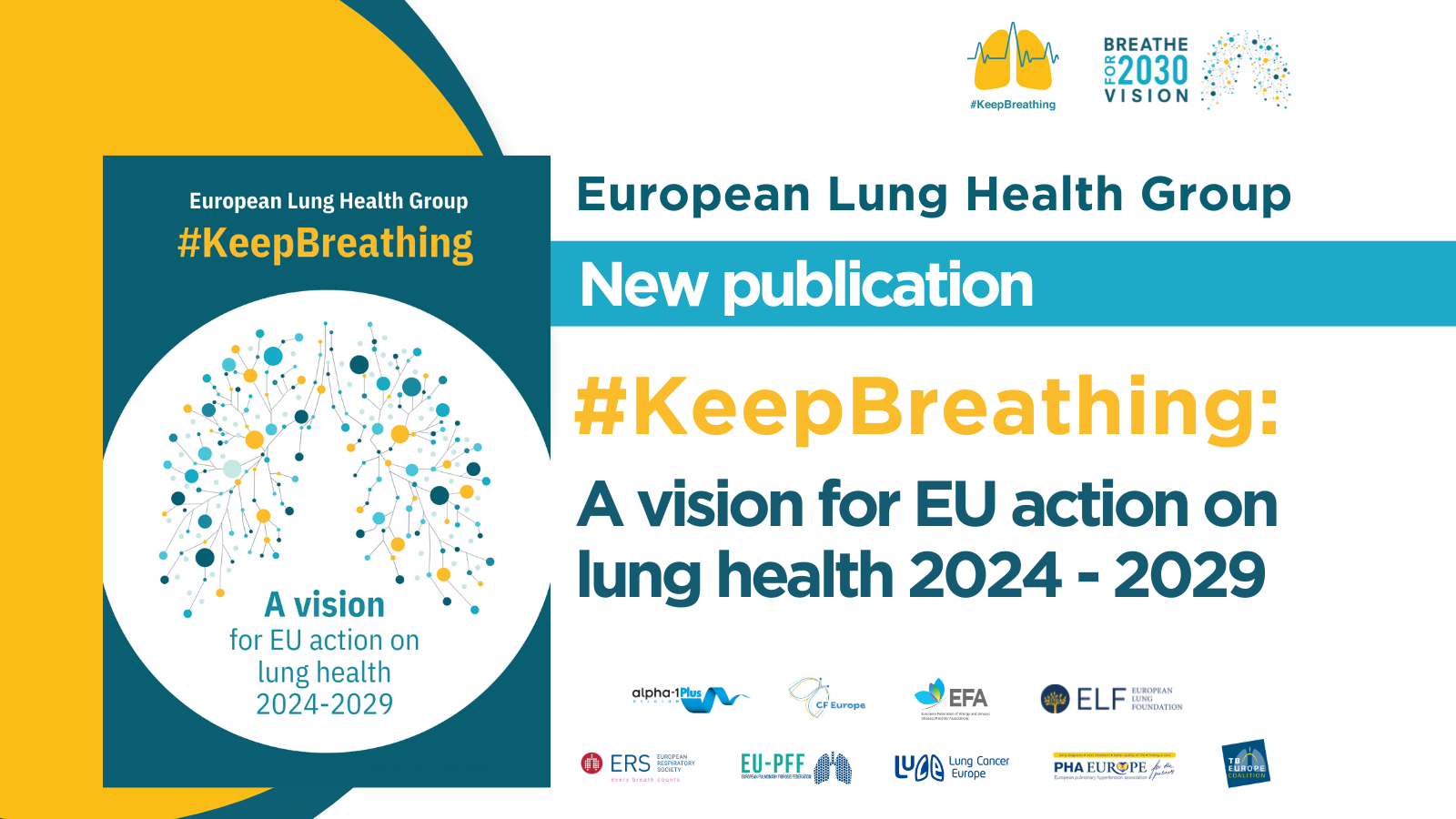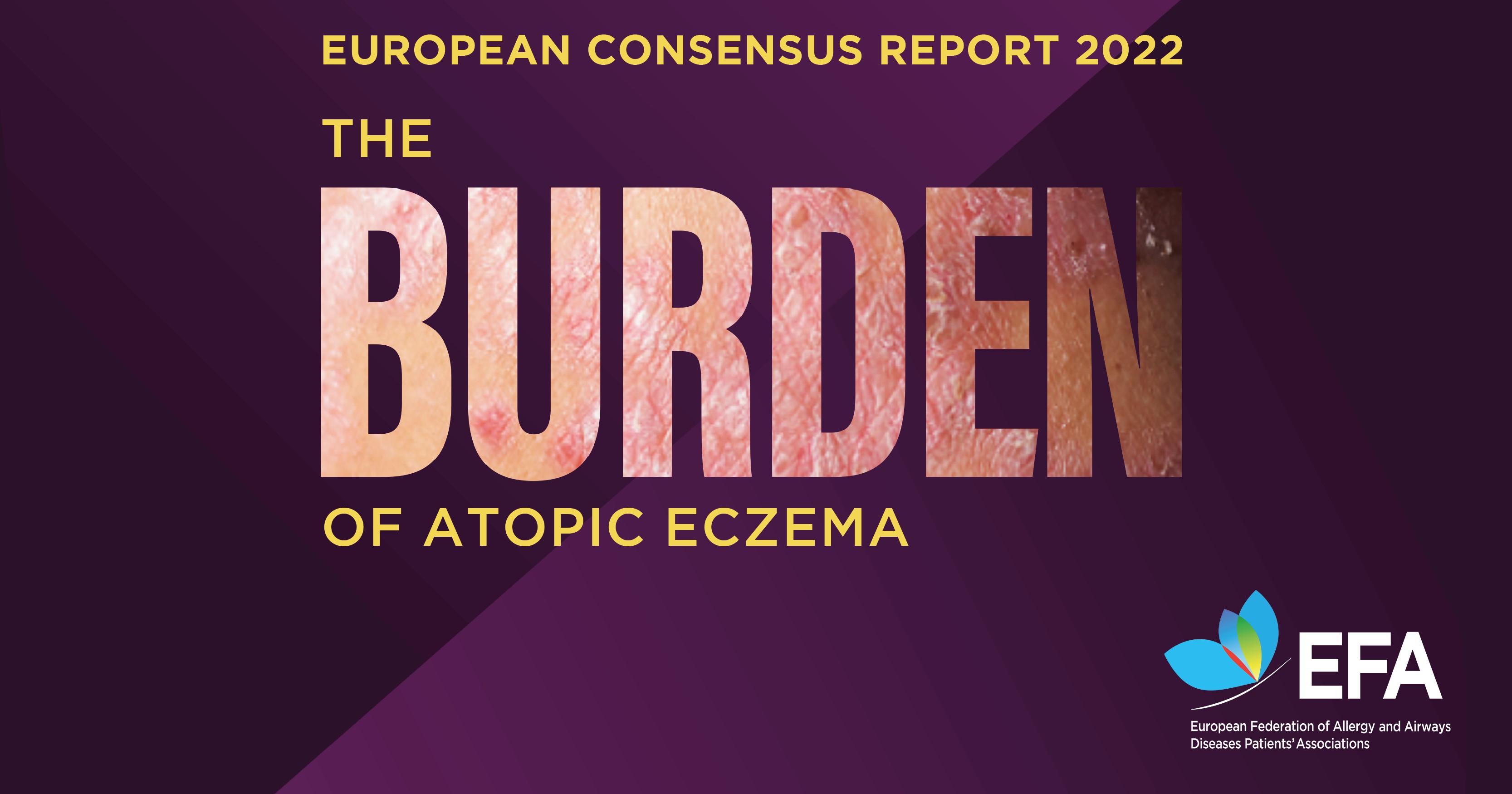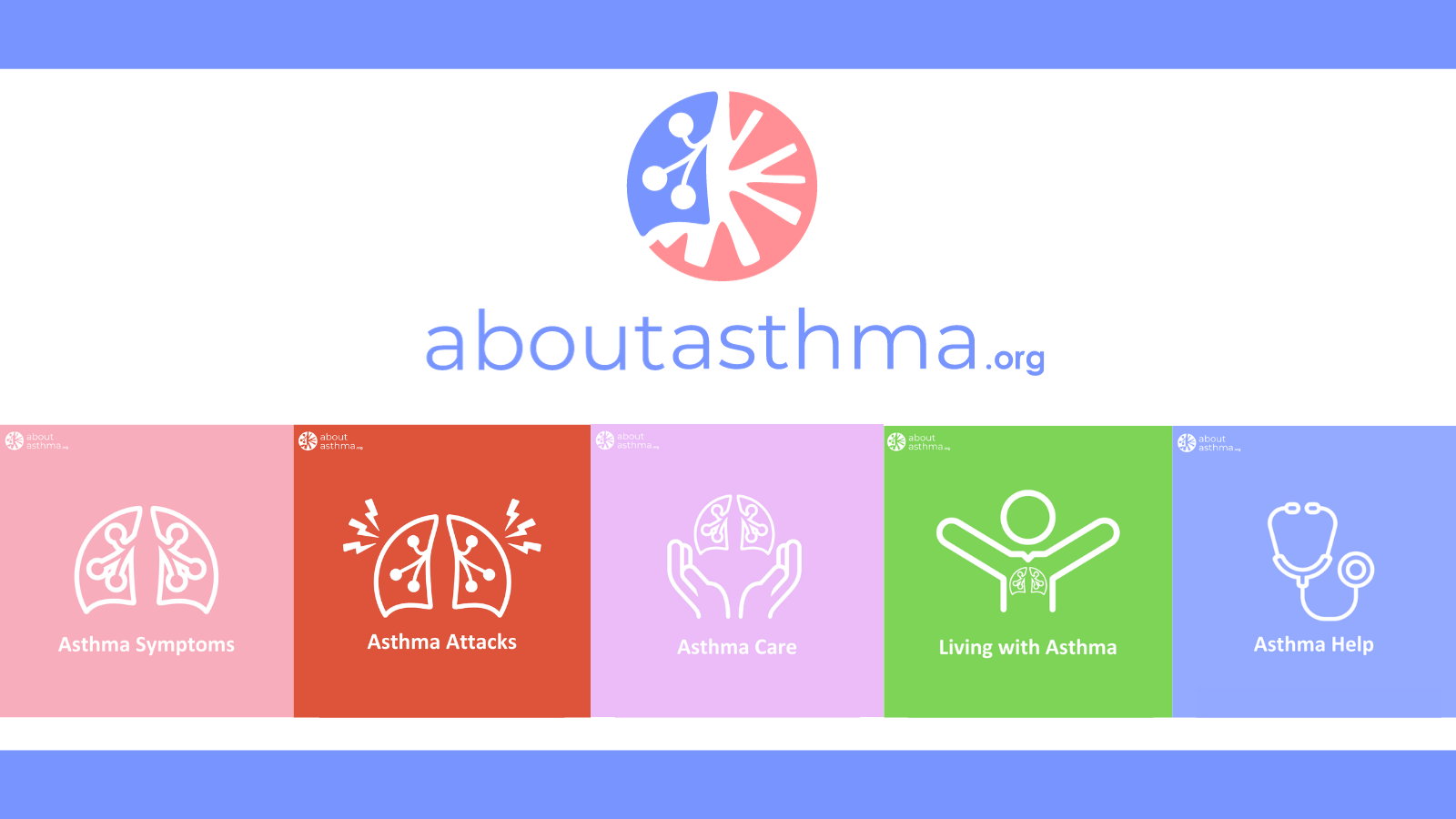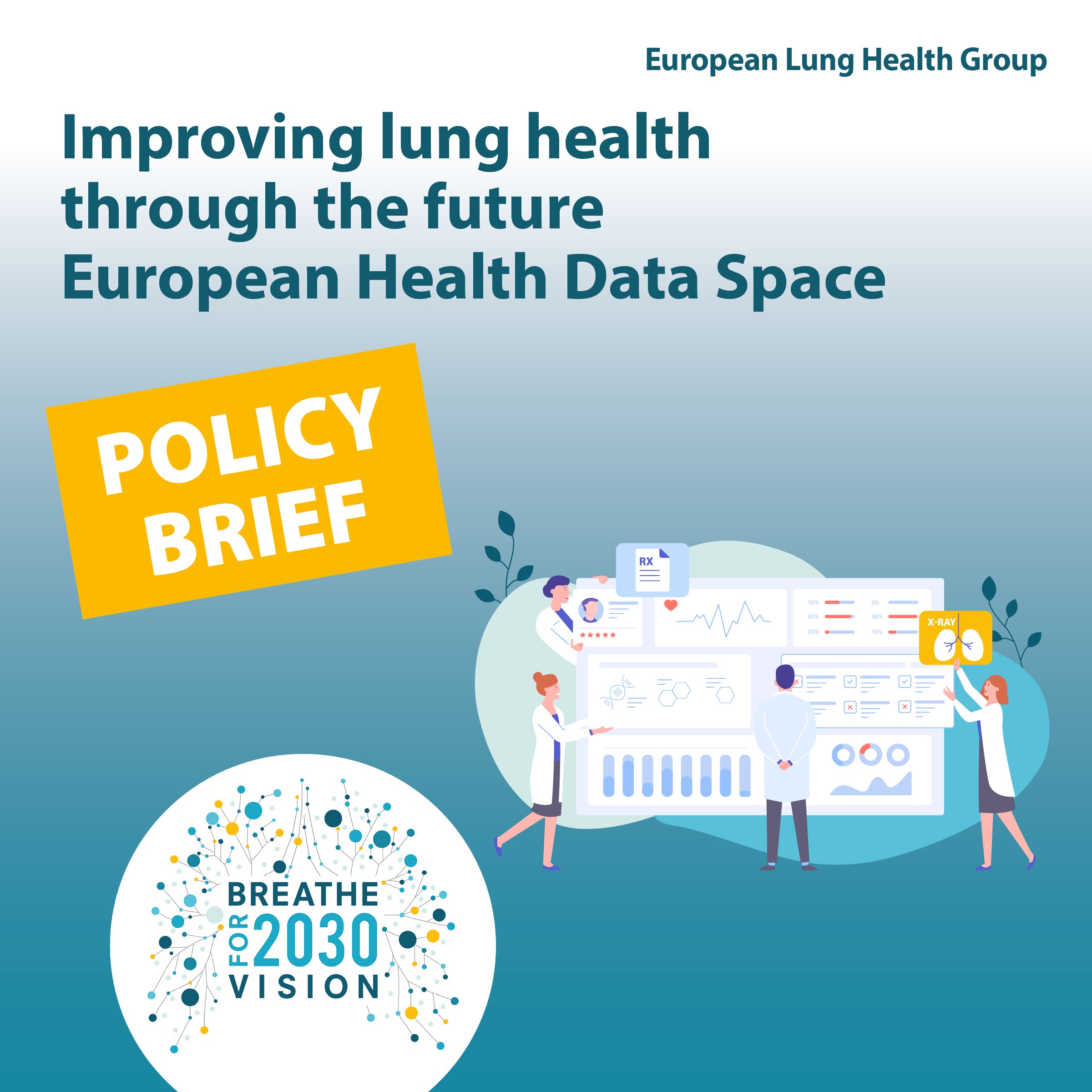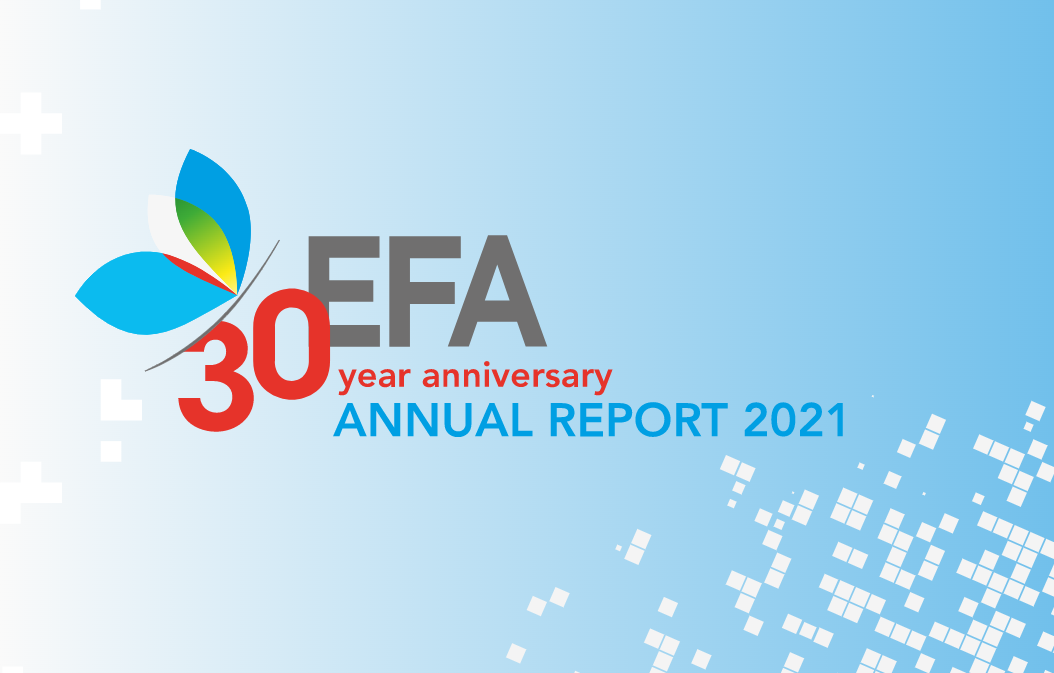Pollen emissions are not man-made and hence cannot be reduced by Member States action. That was the Commission’s reply to a question on facilitating real-time pollen monitoring in the EU, asked by the Italian MEP Andrea Zanoni earlier this year. While pollen might not be directly produced by humans, pollen emissions are very much affected by human activities. Therefore, EFA (the European Federation of Allergy and Airways Diseases Patients Associations), EAACI (the European Academy of Allergy and Clinical Immunology) and ERS (the European Respiratory Society) do not agree with this position. “There is an abundance of evidence that human activities are affecting pollen production and actually worsening the situation of people with allergy. The Commission should thus include real-time pollen monitoring in the Clear Air for Europe Programme and secure the funding of pollen monitoring activities, because it is a matter of public health,” Breda Flood, the President of EFA said.
The production of pollen is directly affected by air pollution resulting from human activity and by planting of unsuitable plants (birch trees, olive trees, oilseed rapes etc.) in immediate vicinity of people’s homes. Since various allergies triggered and aggravated by airborne allergenic pollen affect more than 24% adults and up to 40% children in Europe, it is high time for the European authorities to reconsider their position and step up to protect and inform allergic people in Europe. According to recent studies, air pollution is significantly worsening pollen’s aggression. Because of higher concentrations of carbon dioxide (CO2) in the air, plants grow faster, produce more fruits and consequently bring more misery to people with allergy. Moreover, plants stressed by air pollution produce more aggressive pollen grains because the content of proteins causing allergic reactions increases.[1] The REVIHAAP report confirms that other pollutants may worsen allergies as well. Co-exposure to grass pollen and small particles (PM) leads to stronger allergic responses and exposure to sulphur dioxide (SO2) and nitrogen dioxide (NO2) can exacerbate pollen allergy and enhance lung inflammation.[2]
The production of allergenic pollen is also very much affected by planting of highly allergenic trees and plants close to people’s houses. Let us take a birch tree as an example. Approximately 25% people with hay fever are allergic to birch tree pollen, yet you can see birch trees planted in many cities in central and northern Europe. Similar phenomena are observed in the case of other trees, such as alnus, corylus, cypress etc. In addition, many new or non-indigenous allergenic species of plants were not “brought to Europe on wings of birds” but by humans. A notorious example is ragweed which is spreading across Europe and is highly allergenic. Also large monocultures of certain cultivated plants (spruce, olive trees, oilseed rape etc.) contribute to aggravation of allergies. Last but not least, climate change is unequivocal and represents a possible threat for patients affected by allergy. It has an impact on plants and fungi and over the last three decades, studies have shown changes in production, dispersion and allergen content of pollen, which may be region- and species-specific. In addition, these changes may have been influenced by urban air pollutants interacting directly with pollen.
Data suggest an increasing effect of aeroallergens on allergic patients over this period, which may also imply a greater likelihood of the development or exacerbation of an allergic respiratory disease. “We change our environment and this comes back to us in the form of allergies. Refusing to acknowledge our interventions and their effects can have a deleterious health impact” stated Prof. Nikos Papadopoulos, EAACI President. Climate change affecting pollen seasons and distribution is a major concern (the EU is funding the ATOPICA[3] project for precisely this reason). “Standardised, EU wide long term monitoring is the only way to document such changes properly. Recent scientific developments make more cost-effective monitoring possible,” Bert Brunekreef of ERS said.
EFA, EAACI and ERS believe that in an increasingly integrated Europe real-time pollen monitoring and dissemination of information on pollen levels have to be guaranteed and its funding secured. We call on the European Commission to step up and include monitoring of pollen levels in all EU Members States into the clean Air for Europe Programme, because it is a matter of great importance for European citizens and public health.
Download the Press release in PDF.
Useful links:
- Written question on real-time pollen monitoring asked by MEP Andrea Zanoni – here.
- Commission’s answer to the question on real-time pollen monitoring – here.
- EAACI-ERS Task Force on “Effects of Climate change on respiratory allergic diseases and on asthma prevalence” - here.
- EFA’s Position Paper on pollen forecasting in Europe – here.
- EFA’s work on pollen – here.
- Review of the EU Air Policy – here.
- REVIHAAP – Final Technical Report 2013 – here.
About EFA
The European Federation of Allergy and Airways Diseases Patients’ Associations (EFA) is a non-profit network of allergy, asthma and COPD patients organisations, representing 35 national associations in 22 countries and over 400,000 patients. EFA is dedicated to making Europe a place where people with allergies, asthma and COPD have the right to best quality of care and safe environment, live uncompromised lives and are actively involved in all decisions influencing their health. www.efanet.org
About EAACI
The European Academy of Allergy and Clinical Immunology (EAACI) is a non-profit organisation active in the field of allergic and immunologic diseases such as asthma, rhinitis, eczema, occupational allergy, food and drug allergy and anaphylaxis. EAACI was founded in 1956 in Florence and has become the largest medical association in Europe in the field of allergy and clinical immunology. It includes over 7,800 members from 121 countries, as well as 42 National Allergy Societies. www.eaaci.org
About ERS
ERS is the leading professional organisation in its field in Europe. It is broad-based, with some 10,000 members and counting in over 100 countries. Its scope covers both basic science and clinical medicine. ERS seeks to alleviate suffering from respiratory disease and promote lung health through research, sharing of knowledge and through medical and public education. http://ersnet.org/
Contact information:
Roberta Savli EFA EU Policy Officer Tel.: +32 (0)2 227 2720 E-mail: This email address is being protected from spambots. You need JavaScript enabled to view it. www.efanet.org
Macarena Guillamon EAACI Communications Manager Tel.: + 41 44 205 55 33 E-mail: This email address is being protected from spambots. You need JavaScript enabled to view it. www.eaaci.org
Maeve Barry ERS Policy Officer Tel.: +32 2 238 53 60 E-mail: This email address is being protected from spambots. You need JavaScript enabled to view it. www.ersnet.org
